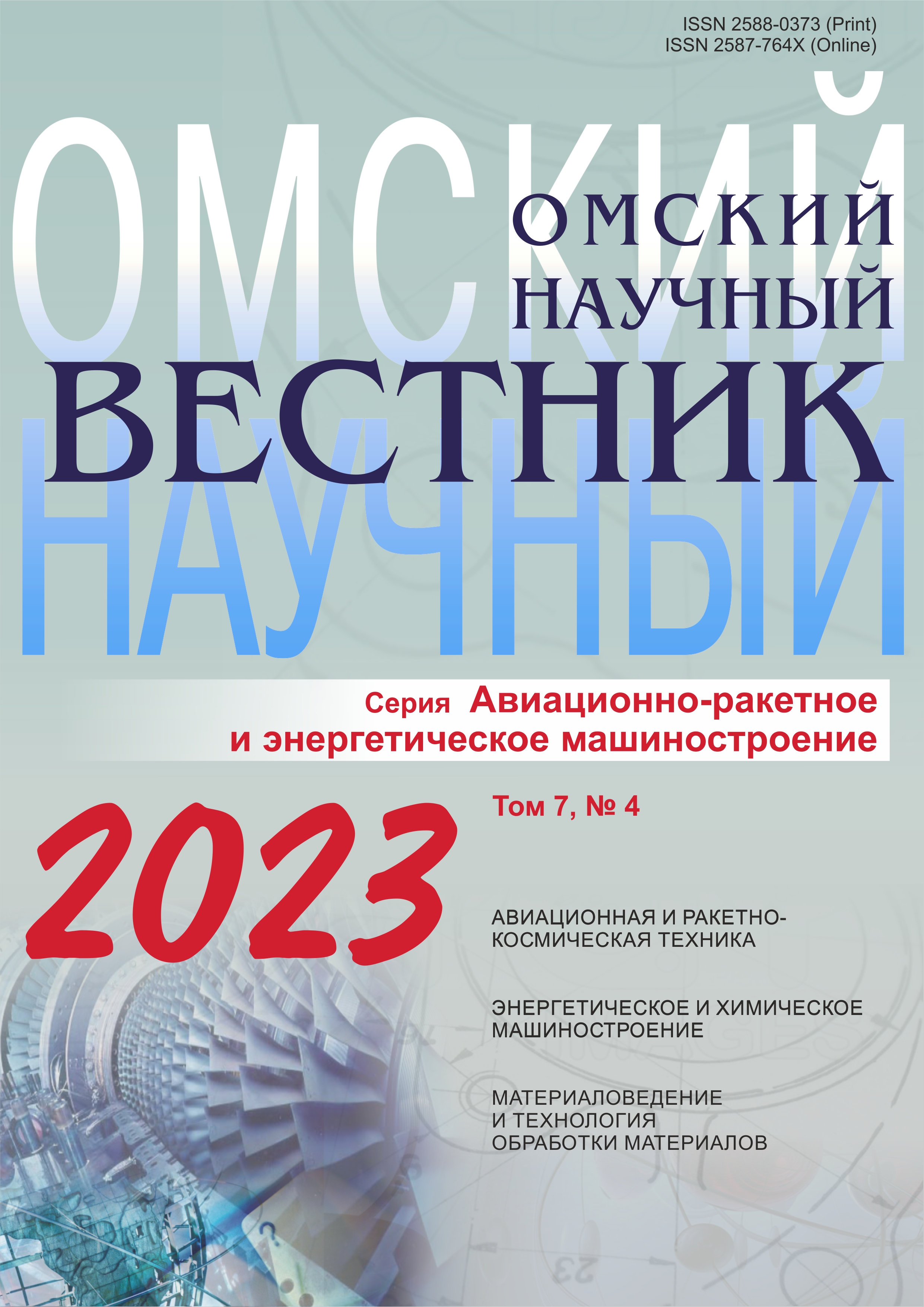The effect of wall mobility on mass flow in a slow-moving long-stroke stage
DOI:
https://doi.org/10.25206/2588-0373-2023-7-4-9-14Keywords:
reciprocating compressor, mass leaks, mathematical modeling, operating modeAbstract
In modern models and calculation methods of existing high-speed reciprocating compressors, the mobility of the walls is not considered due to the insignificant value and insignificant effect on the efficiency of the working process. Low – speed piston machines currently being developed at OmSTU have a number of features – first of all, an elongated cylinder, subject to large deformations compared to existing analogues and a long compression time. Which naturally significantly affects the flow of the workflow. The conducted studies have shown that not considering the mobility of the walls can lead to significant errors obtained when modeling the working process of low-speed reciprocating compressors.
Downloads
Published
How to Cite
Issue
Section
License
Non-exclusive rights to the article are transferred to the journal in full accordance with the Creative Commons License BY-NC-SA 4.0 «Attribution-NonCommercial-ShareAlike 4.0 Worldwide License (CC BY-NC-SA 4.0»)




